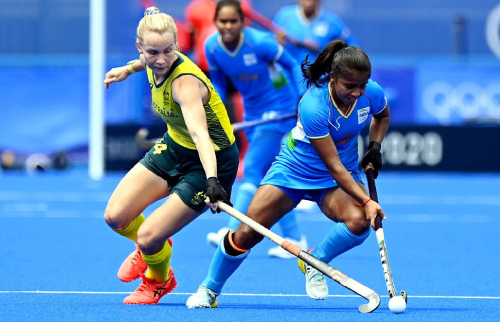In Spotlight
- Upcoming

- Upcoming

A new hockey field is a major investment, so it is very important that it meets the expectations of players, facility owners, National Associations, etc. With an ever-increasing range of playing surfaces being offered, selecting the most appropriate for a new hockey field is key to its success. The FIH Guide to Outdoor Hockey Surfaces describes the different types of surfaces that can be used and their suitability for the various stages on the hockey development pathway.
Having decided on the most appropriate type of hockey turf for your field, you need certainty that you select a high quality, long lasting hockey turf and that your new hockey field is designed and constructed to the correct standards. The FIH Hockey Turf and Field Standards are internationally recognised standards that ensure the appropriate quality of performance for the intended level of play - whether it is community development, international competition, or anything in between.
Guidance on hockey surfaces and our Standards for hockey turfs, 11 a-side hockey fields and field equipment can be downloaded from below:
For the last 30 years, most top-level hockey has been played on fields that are watered prior to use. Nowadays, increasing demands for many natural resources means it is evermore important that they are used in a responsible way. Looking ahead, it is simply not sustainable for elite hockey to continue to require turfs to be watered prior to use. Additionally, for many, the cost of the infrastructure required to water a field is prohibitive and this limits their opportunities to host top-level hockey.
Recognising the need for change, the FIH asked the synthetic turf industry in 2018 to innovate and develop hockey turfs that are suitable for elite hockey, but without using watering. The report below outlines the progress made to date and describes how the FIH envisages the rollout of non-irrigated hockey turfs over the next few years.